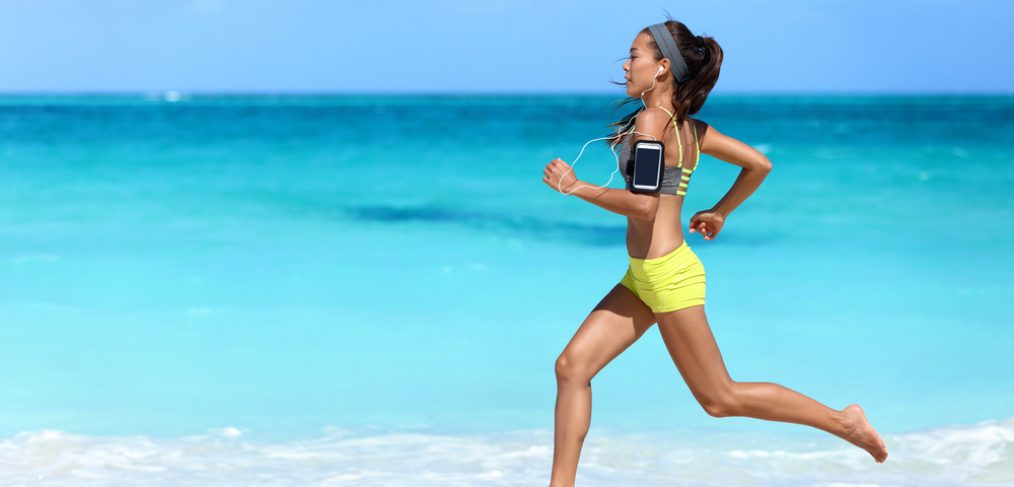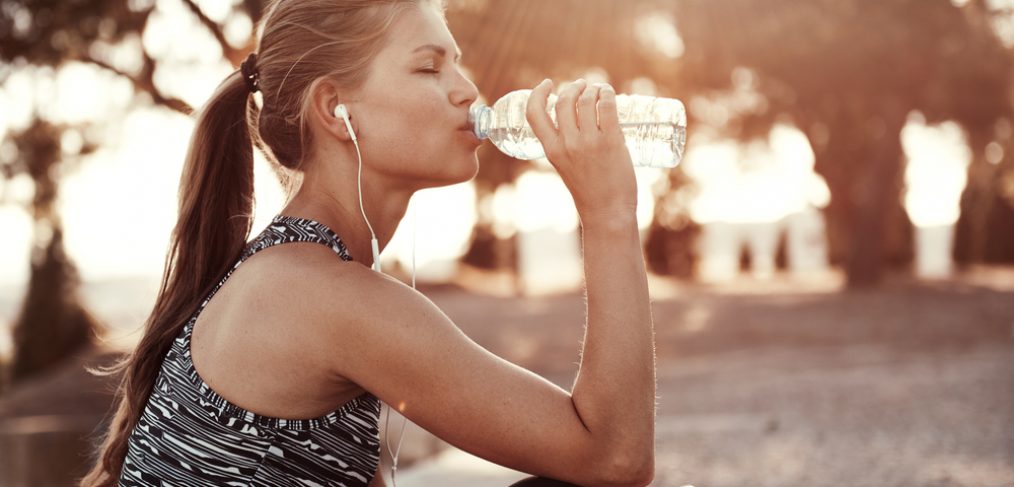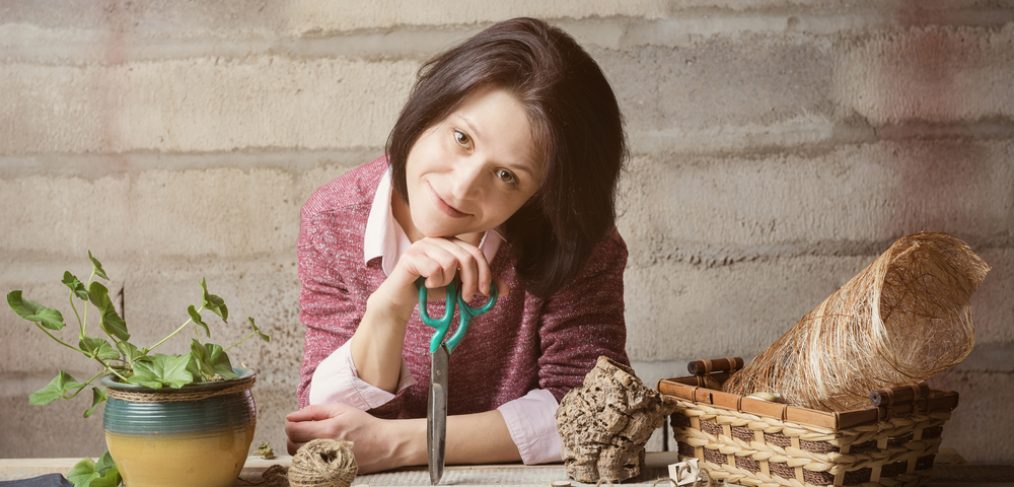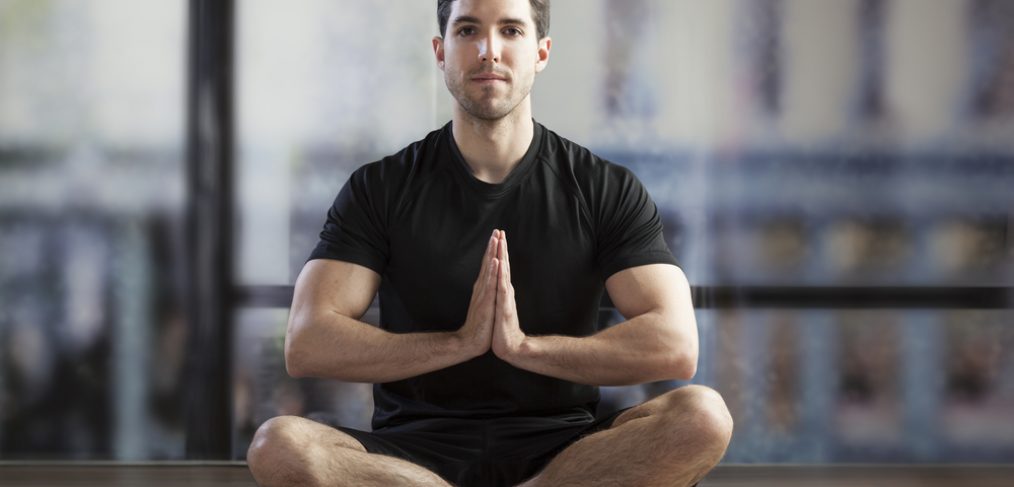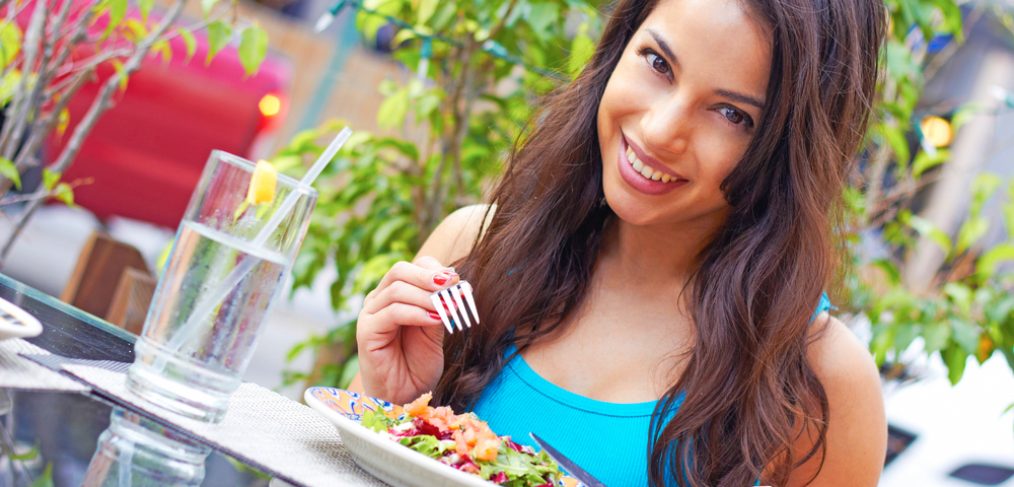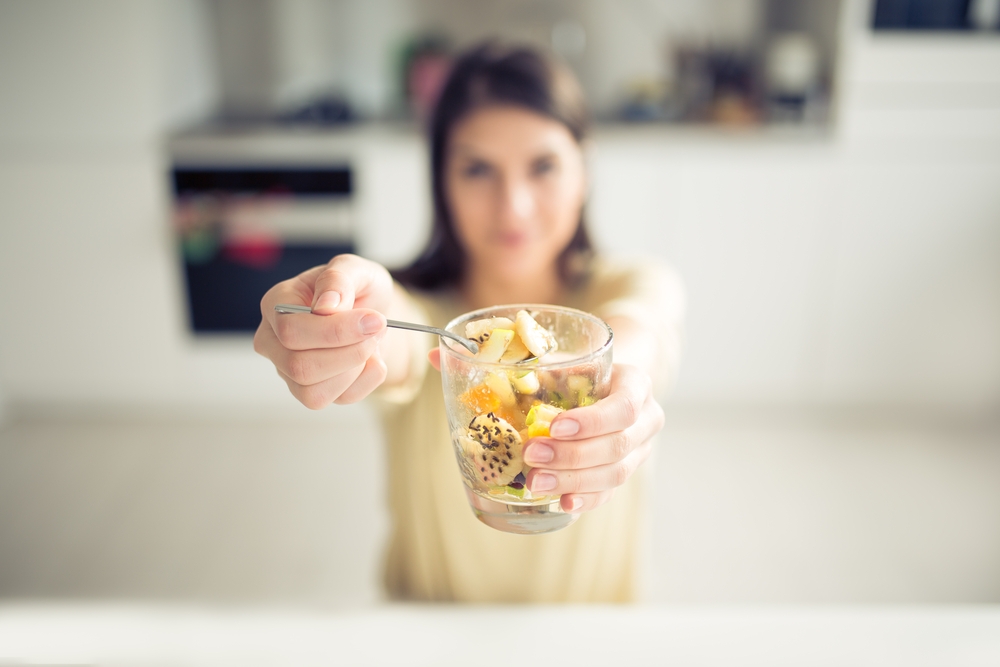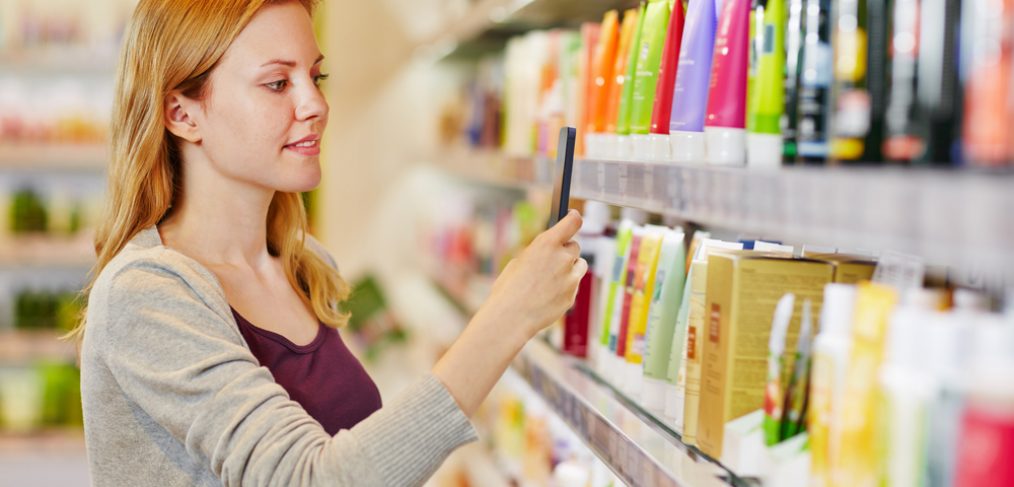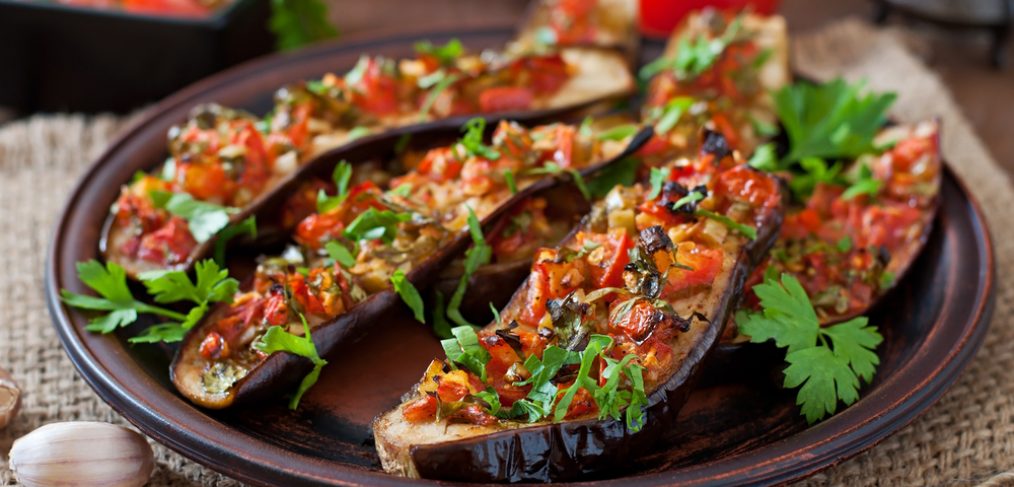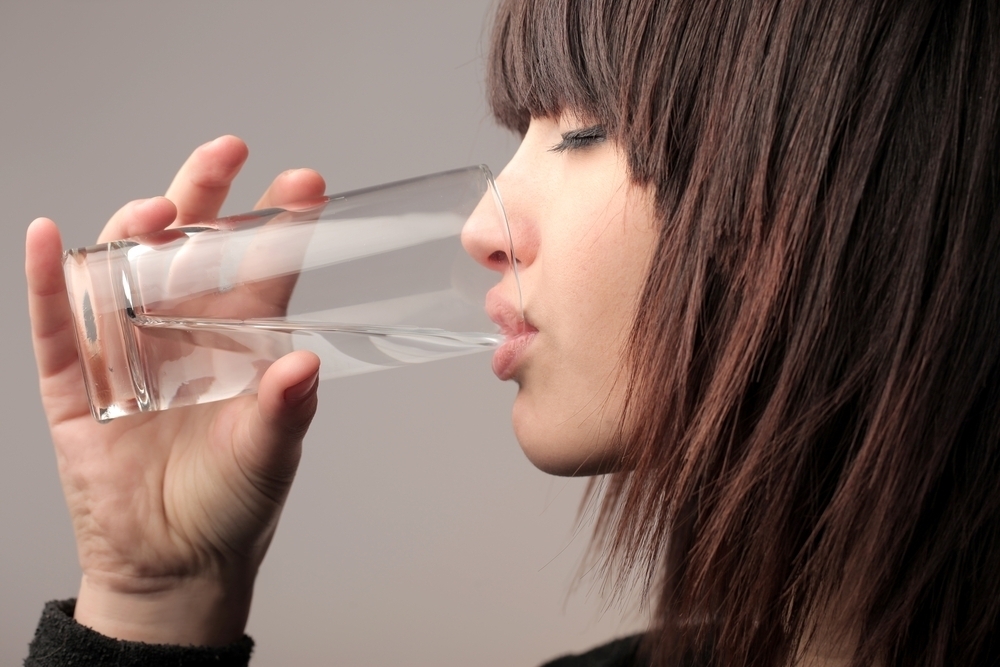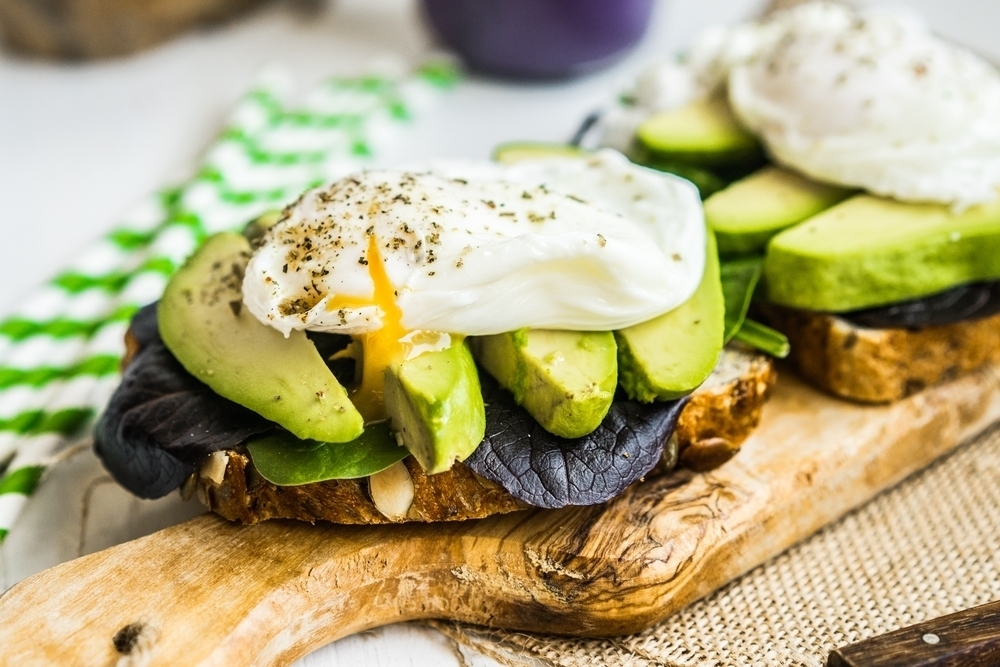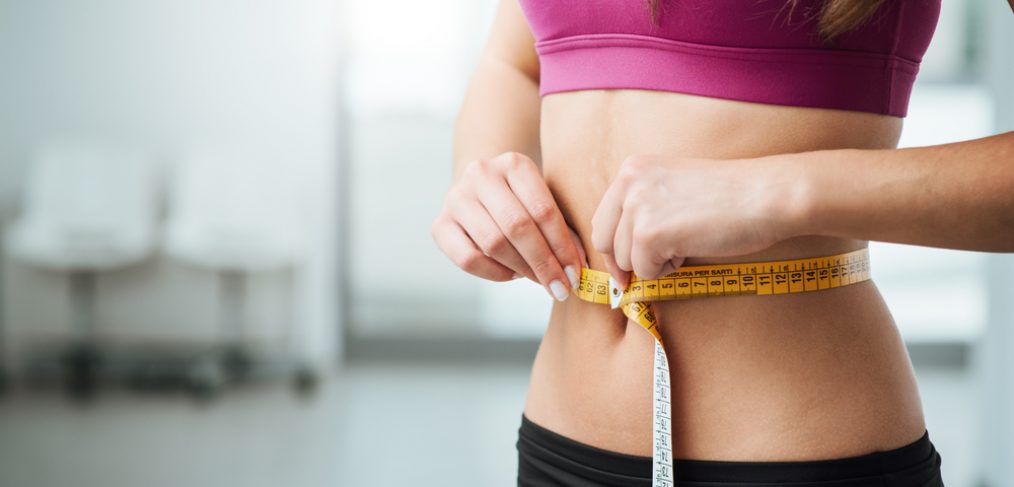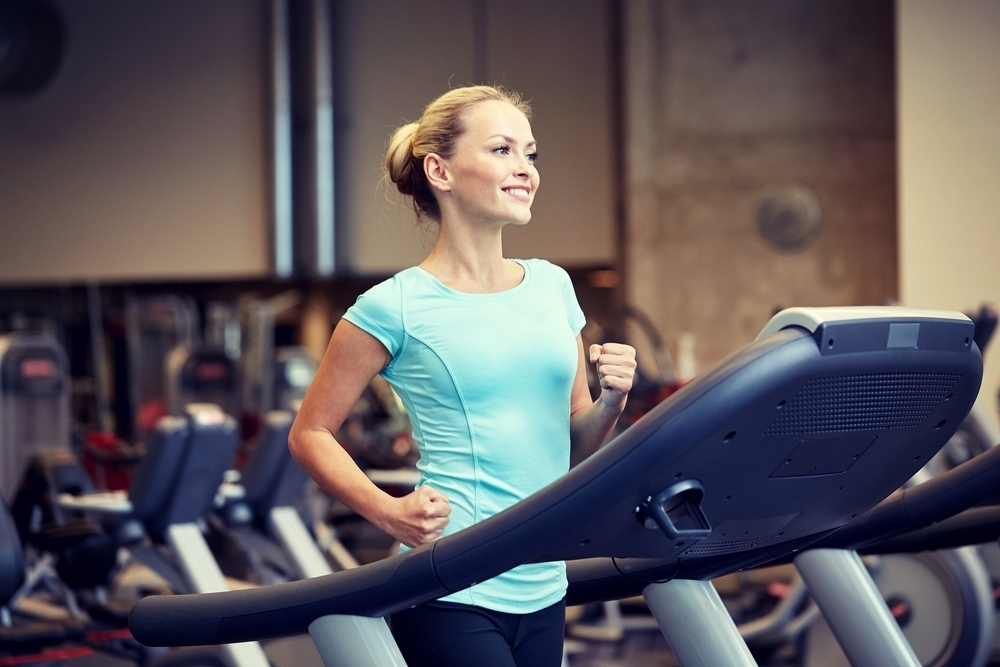Running baefoot… it seems ridiculous, preposterous even…but believe it or not, it’s getting to be a real trend in the sporting industry. When Kate Clemens, personal trainer was feeling knee pain 6 miles into a 18 mile race, she took off her shoes and ran barefoot and the pain went away. But why run barefoot, what can you expect, and how do you know when you’re ready to run barefoot?
Runners who wear shoes tend to strike the ground heels first. This generates a force of up to three times the body’s weight which can lead to injuries like Achilles tendinitis and stress fractures. Barefoot runners land on the balls of their feet which generates less impact when their feet strike the ground.
Doctors, such as Irene S. Davis, PhD professor of physical medicine and rehabilitation at Harvard Medical School, believes that the running shoes over support feet to the point that they make them do what they are not designed to do. She feels that this over support results in muscles not working as hard and therefore becoming weak. She believes that your body will instinctively adjust once extremely lightweight or ‘barefoot shoes’ are worn. “Barefoot runners shorten their strides reducing impact on their lower bodies and automatically flex their knees, hips and ankles for a softer landing on hard surfaces,” said Davis.
There are a few things you know before you embark on barefoot running. The key seems to be to start off slow. You’re more likely to get injured if foot and leg muscles aren’t properly conditioned for barefoot running. Experts recommend you to start with walk-jog intervals. A good ratio might be walking for 9 minutes and jogging for one, then repeating. Gradually work up to longer distances. This will also help the skin thicken which is key in adjusting to barefoot running.
There is a risk of stepping on glass and pebbles while running. Although some claim barefoot running is safe, if this is a concern to you, you may want to opt for barefoot running shoes instead of going completely bare.
A good way to tell if you are landing properly when running is to run totally barefoot on a hard smooth surface that is free of debris. Sensory feedback will tell you if you are landing too hard, as a good landing should feel gentle, relaxed and compliant. You typically want to land on the balls of your feet without overstriding which will add stress on the calf muscles, Achilles tendon, and the arch of the foot.
Barefoot running is not recommended for people with diabetes or those who lose feeling in their legs. If you have any history of foot problems, you should check with a doctor before barefoot running. The American Academy of Sports and Medicine and the American Podiatric Medical Association believe that more research is needed to check for any risks or benefits of barefoot running. They recommend consulting a podiatrist before handing in your running shoes.



